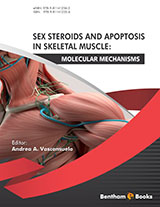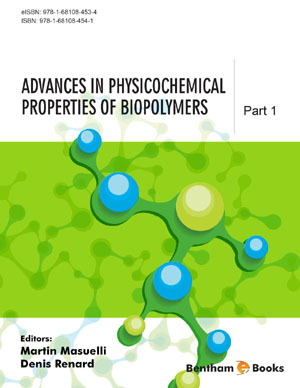Abstract
Apoptosis is a physiologic process that take place during development and in the progression of specific diseases. In skeletal muscle, this process is poorly explored. Skeletal muscle represents an exceptional tissue regards apoptosis, by its multinucleated structure and its variable mitochondrial content. On the other hand, apoptosis of skeletal muscle tissue could have a wide spectrum of effects on organism since it is now well established that skeletal muscle not only generates force and movement; other functions are associated to this tissue. Skeletal muscle contributes to basal energy metabolism, in the storing for substrates such as amino acids and carbohydrates, in the keep of core temperature and blood glucose levels, and in the use of oxygen and energy during movement. Also, skeletal muscle acts as an endocrine organ, thus could be regulated by owning or no own hormones. This chapter summarizes the generalities of skeletal muscle at the molecular/structural and functional level and basic concepts of apoptosis, for a better understanding of the following chapters of this ebook. Which it focuses specifically, at a molecular level involving genomic regulation, on the actions of 17β-Estradiol and Testosterone in the homeo- stasis of skeletal muscle tissue in physiological and pathological conditions, converging in the relationship of muscle apoptosis and sexual hormones.
Keywords: Apoptosis Pathways, Bcl-2 Family, Caspases, Muscle Structure, p53- Regulated Genes, Skeletal Muscle.

















